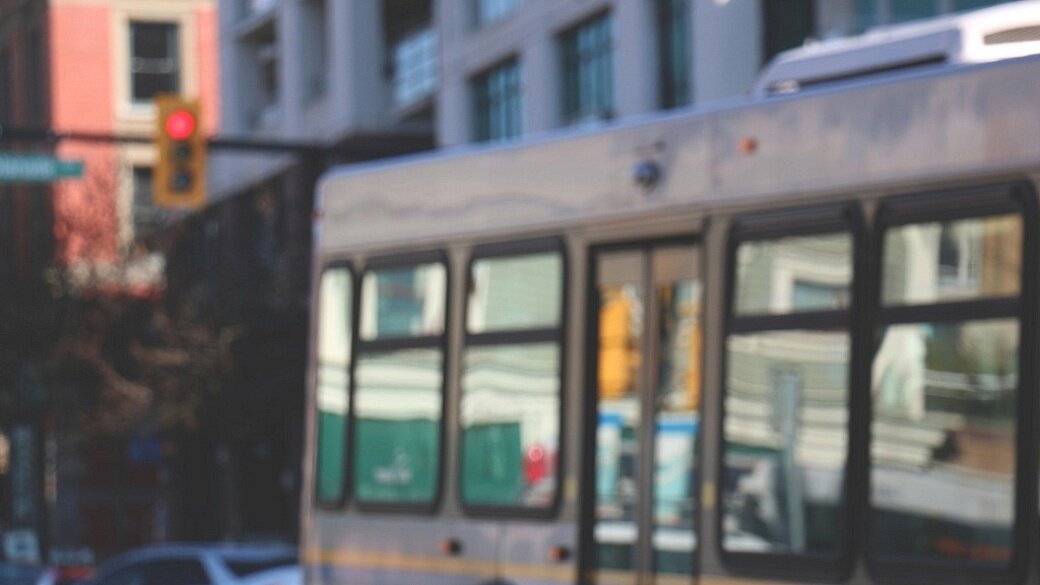With contributions from Colleen Kimmett
Part 7
Is tolling drivers to pay for transportation infrastructure in Metro Vancouver’s future? After residents overwhelmingly voted against a 0.5 per cent provincial sales tax hike and the provincial government ruled out using a share of the carbon tax to fund public transportation expansion, road pricing is one of the few remaining options on the table.
The "no" vote effectively halts progress on the Mayors’ Council’s proposed plan (which aimed to cut congestion by getting more people to travel by transit, bicycle and on foot) and leaves the region without a plan to fund upgrades needed to accommodate projected population growth of 43 per cent over thirty years.
“There is no plan B for funding,” Vancouver mayor Gregor Robertson told reporters today. So, what does the "no" vote mean for the future of transportation in Metro Vancouver?
New residents will pay transit fares, property taxes and buy gas for their cars, thus, TransLink revenue is projected to increase over time. But once adjusted for inflation, per capita spending on transportation began to decline as of 2014 and is projected to continue to decline so long as the current funding model remains the only option.
So, who pays?
Leaders in both the "yes" and "no" camps agree that we need improved transportation. “These results don’t change the urgent need for major new investments in transit and transportation,” Robertson wrote in a message to supporters of the "yes" campaign. Jordan Bateman, B.C. director of the Canadian Taxpayers Federation and spokesperson for the "no" campaign, said municipalities should find money within funds they already have and put it towards transportation — something some mayors have said is impossible without cutting essential services.
So what options remain to fund expansion? The mayors effectively ruled out increasing property taxes or raising transit fares, two of the few options they have the power to implement without the province stepping in. “The ball is now in the province’s court,” said Robertson. Transportation minister Todd Stone promptly tossed that ball right back in his written statement responding to the results. “With affordability in mind, and with the results of this plebiscite, the Mayors’ Council needs to rethink its plan and funding sources,” Stone wrote.
One of the few remaining solutions to secure future funding could be road pricing. “There’s work underway by TransLink to look at ways that mobility pricing might work and a tolling system that makes sense,” Robertson said, reiterating that this solution would likely take years to implement.
Buses matter as much as light rail
In the meantime, Robertson said Vancouver will continue to work towards finding a way to build an extension of the Millennium Line. Surrey mayor Linda Hepner said she is already looking at private investors to fund the design, construction and maintenance of a light rail transit system in her city.
Securing alternative funding for these big ticket items will help address increased demand on the system from the projected new residents of the region. But the Broadway subway and Surrey LRT alone won’t be enough to address capacity challenges in the absence of upgrades to the entire system. Discourse Media’s previous analysis of Metro Vancouver’s travel patterns showed that people are less likely to take transit if they can’t access it conveniently. So, if it’s too difficult or time consuming to get the the LRT, people are likely to continue to rely on their cars.
The Mayors’ Council plan, now on hold, would have funded increased bus service in surrounding suburban neighbourhoods in addition to light rail in Surrey, making it more likely that the LRT would be a viable alternative to driving for residents. Hepner admitted today that her city does not have the means to invest in the same level of improvements.
Discourse's analysis showed that Metro Vancouver residents don’t move just within their own cities. Our transportation system is made up of roads, trains, buses and sidewalks that create an interdependence between municipalities. This means that decisions made in Surrey affect residents of Langley and the same is true in reverse.
Like it or not, region in it together
Another outcome of the "no" vote may be a major shift in the region’s politics. According to Robertson, if the province doesn’t step up and present a solution and there is no major improvement to TransLink’s governance model, the Mayors’ Council will be forced to “reconsider its role within the TransLink governance structure.” While these comments are vague, one interpretation could be the dissolving of the Mayors’ Council, which represents a joining of leadership from across the region to coordinate efforts and strategies to keep the region livable.
Bateman suggested that Vancouver look to its development taxes to fund its transportation needs, saying that the city would disproportionately benefit from a regional tax. “Taxpayers in Surrey, Langley and Maple Ridge would be paying money for this infrastructure so that Vancouver would have even more money,” Bateman said. Discourse’s analysis of the cost of the current bus network suggests the opposite is true; it shows that buses in suburban areas like Maple Ridge and Langley are subsidized by revenue-generating bus routes in urban centres like Vancouver.
For example, the C49 in Maple Ridge costs $16.49 per boarded passenger to operate while the 99 B-Line to UBC costs $0.55. This means that service to regions that overwhelmingly voted "no" (about three quarters of Maple Ridge and Langley voters said "no") actually depend on the efficiencies of routes in Vancouver, where 49.19 per cent voted "yes."
While politicians point fingers and beg for mercy from higher powers, residents of Metro Vancouver are left wondering how the results will translate on the roads. Discourse will release a comprehensive look at the remaining funding option of road pricing.

